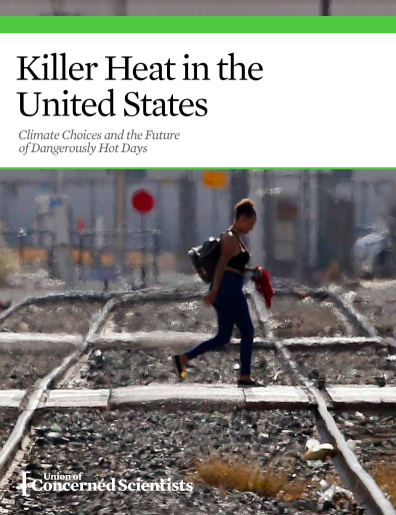You are here
Scientists Predict Climate Change Will Make Dangerous Heat Waves Far More Common
Primary tabs
time.com - by Jamie Ducharme - July 16, 2019
People all across the U.S. have been sweating through heat waves this summer, and new research suggests they should get used to it.
Over the next century, climate change will likely make extreme heat conditions—and their concordant health risks—much more frequent in nearly every part of the U.S., according to a paper published in the journal Environmental Research Communications. By the end of the century, it says, parts of the Gulf Coast states could experience more than 120 days per year that feel like they top 100°F.
(CLICK HERE - READ COMPLETE ARTICLE)
ALSO SEE RELATED ARTICLES WITHIN THE LINKS BELOW . . .
CLICK HERE - ‘Off-the-charts’ heat to affect millions in U.S. in coming decades
CLICK HERE - Days with 'feels like' temps of 100 degrees could double in coming decades: study




Comments
Texas to experience ‘killer heat’ in coming years, study says
kens5.com - July 16, 2019
A recent study from the Union of Concerned Scientists warns that temperatures will rise to life-threatening highs as soon as 2036.
A new report released by the Union of Concerned Scientists warns of a bleak, dangerously hot future if steps aren't taken to stop climate change . . .
. . . With no climate action, states across the Southeast and Southern Great Plains regions—including Arkansas, Louisiana, Oklahoma, and Texas—are projected to undergo more than a tripling in the average frequency of days with a heat index above 100°F, from the current 20 to 30 days per year to the equivalent of two to three months per year . . .
. . . With no action to reduce heat-trapping emissions, people in roughly half of Louisiana and a large band of eastern Texas could expect an average of 20 to 28 days per year of off-the charts heat.
(CLICK HERE - READ COMPLETE ARTICLE)
MAP - US Killer Heat: The Future of Dangerously Hot Days